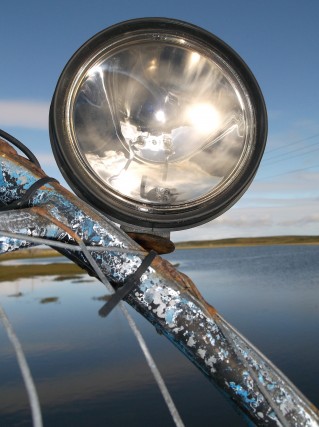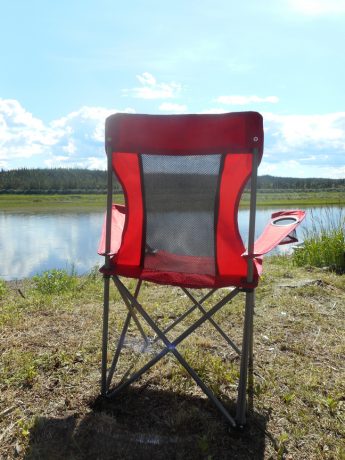

Artist Statement : Thaw: An Arctic in Transition
The two images here are from Thaw: An Arctic in Transition. I started this project in 2002. More images from the project are in Thaw: An Arctic in Transition: Gallery 1, for images from 2014 through the present:
Thaw: An Arctic in Transition: Gallery 1 – Images from 2014 to Present
and Thaw: An Arctic in Transition: Gallery 2, for images from 2013 and earlier.:
Thaw: An Arctic in Transition: Gallery 2 – Images from 2006 – 2013
The 17 year project, Thaw: An Arctic in Transition, has included 14 visits to the Arctic to photograph. It is a circumpolar project with visits to Greenland and the northernmost regions of Russia, the U.S., Canada, and Norway. The Arctic is an area of great beauty, immense resources, and fragile ecology. It is important and vital to the global ecosystem. The traditions of the Arctic’s many indigenous peoples are changing as the Arctic’s weather changes. The Arctic is warming at twice the world average. This impacts hunting and fishing and causes changes in traditional, subsistence, livelihoods. Militarization has skyrocketed in the Arctic due to oil and gas and fishing resources, strategic geopolitical considerations, unresolved boundary disputes, and overlapping claims. No treaty governs uses of the Arctic, though the Antarctic has stayed peaceful under its treaty since 1963. Ecotourism and increased shipping through Arctic waters both have significant potential economic benefits yet both pose ecological risks. Decisions made in more southerly capitals many hundreds, or thousands, of miles away impact the Arctic’s two million residents. The Arctic and its changes now are a microcosm of changes going on globally. They may act as a canary in a coal mine.